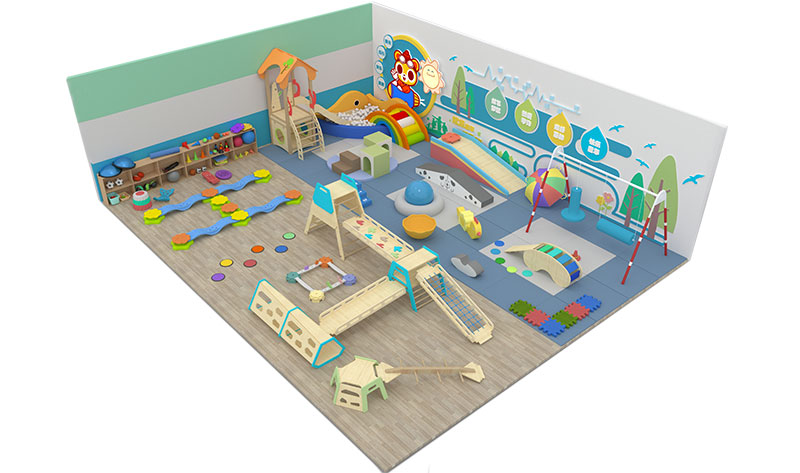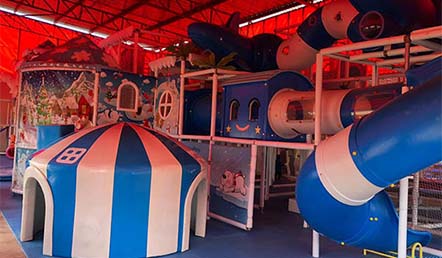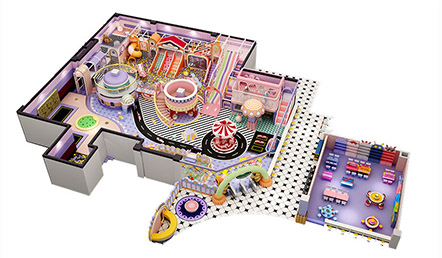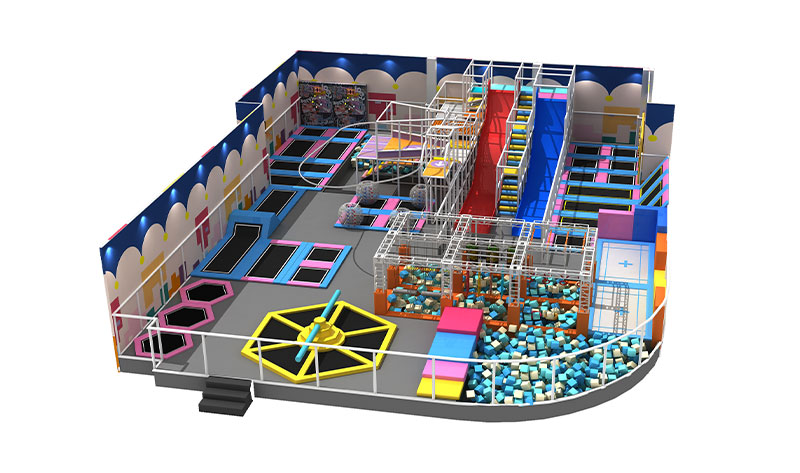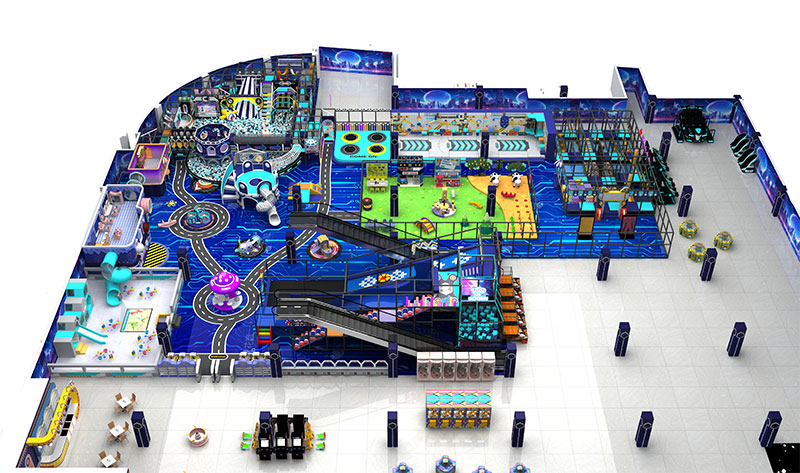As the weather becomes increasingly unpredictable, parents are looking for safe and fun spaces for their children to play year-round. Indoor playgrounds, offering a controlled environment for active play, have seen a surge in popularity in recent years. These entertainment hubs, once a novelty, are now becoming a staple in communities worldwide. But what is behind this growing trend, and how are indoor playgrounds changing the way families engage in recreational activities?
Safe, Clean, and Convenient: The Appeal of Indoor Playgrounds
Indoor playgrounds provide an alternative to outdoor play, especially in urban areas where access to parks and outdoor spaces can be limited. With an array of activities ranging from soft play zones to climbing walls and interactive games, these spaces offer children a chance to burn off energy in a safe environment.
One of the primary draws of indoor playgrounds is the peace of mind they provide to parents. In contrast to outdoor play areas that might be exposed to weather conditions, germs, or safety hazards, indoor playgrounds typically maintain high standards of cleanliness and safety. The controlled environment ensures that children can play without the worry of unpredictable weather, dirty equipment, or potential accidents that are more common in outdoor settings.
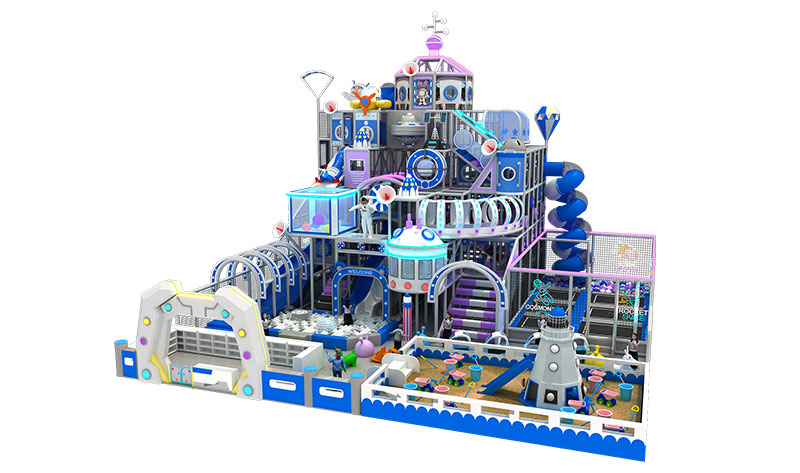
A Rise in Popularity Across Different Age Groups
Indoor playgrounds cater to children of various age groups, from toddlers to pre-teens. Many venues include separate play zones for different age groups, ensuring that younger children are not at risk of being overwhelmed by older, more active playmates. This flexibility allows parents of multiple-aged children to find a suitable activity for everyone in the family.
In addition to physical play, many indoor playgrounds now incorporate educational and interactive elements, blending fun with learning. The presence of virtual reality zones, STEM-based play equipment, and creative activities ensures that children can engage both their bodies and minds while at play.
A Social Hub for Families and Communities
Indoor playgrounds are not just places for kids to play, but also vital social spaces. Many parents take advantage of the opportunity to meet other families while their children engage in supervised play. Some indoor playgrounds even offer amenities such as cafes, providing a space for parents to relax and socialize as their children enjoy the activities.
For local communities, indoor playgrounds help foster connections by hosting birthday parties, educational workshops, and special events. These venues also create job opportunities, from event coordinators to maintenance staff, further cementing their role as community assets.
The Future of Indoor Playgrounds
As the demand for indoor play experiences continues to rise, industry experts predict that the market for these facilities will only continue to grow. With the increasing popularity of themed playgrounds—ranging from jungle gyms to space exploration centers—companies are pushing the boundaries of creativity to keep kids engaged.
However, with growth comes competition, and indoor playground owners must focus on maintaining high safety standards, incorporating innovative technology, and providing diverse experiences to stay relevant in the fast-evolving market. Additionally, environmental sustainability is becoming an important factor, with many venues investing in eco-friendly materials and practices to appeal to environmentally conscious families.
Conclusion
Indoor playgrounds have transformed the way children play, providing a secure, clean, and engaging environment for kids to explore. As families increasingly seek convenient alternatives to outdoor activities, these spaces continue to rise in popularity. With the evolution of new themes, interactive elements, and a focus on safety and community, indoor playgrounds are set to remain a key part of family entertainment for the foreseeable future.

